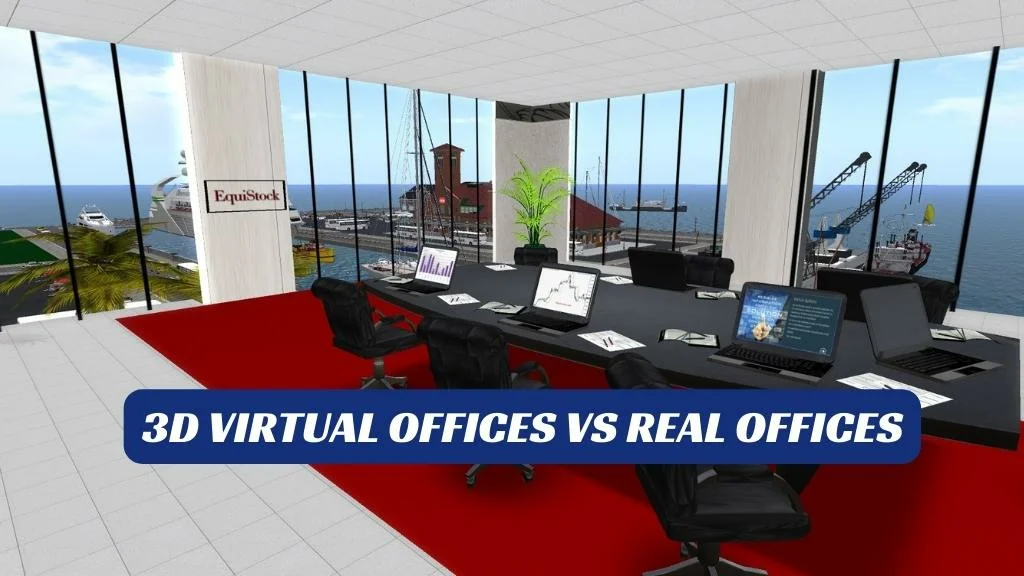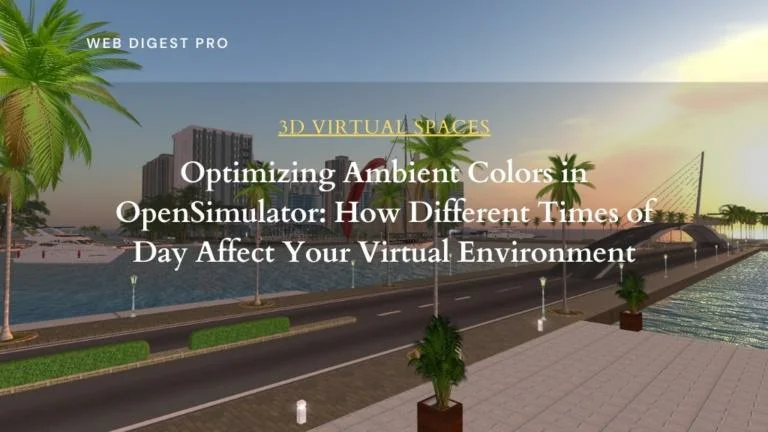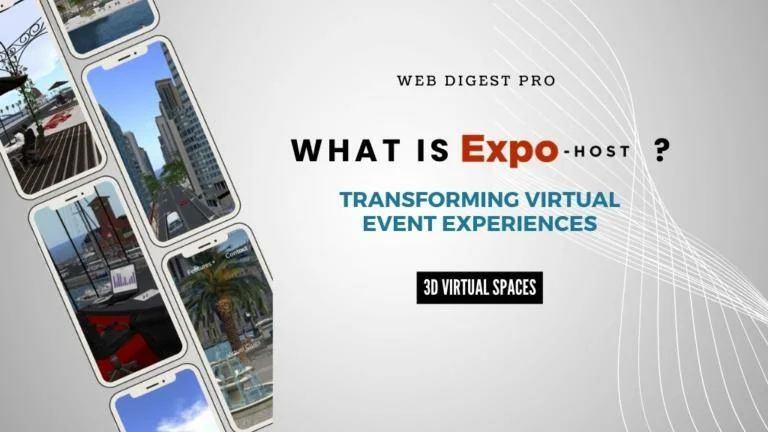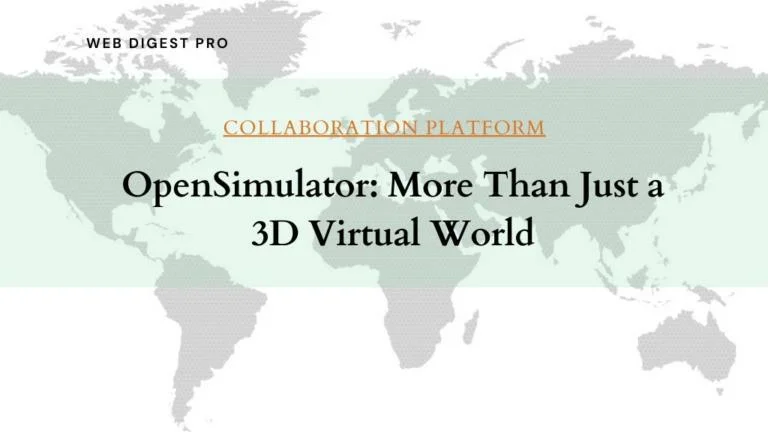Choosing between 3D virtual offices and real offices is becoming increasingly pivotal in today’s dynamic environment. Understanding the unique advantages and limitations of each option is essential for making a well-informed decision. This article explores the key factors in the 3D virtual offices vs real offices debate, highlighting their impact on cost, flexibility, productivity, and more.
Table of Contents
- Introduction
- What is a 3D Virtual Office?
- What is a Real Office?
- Cost Comparison: 3D Virtual Offices vs Real Offices
- Flexibility and Scalability
- Productivity and Work Environment
- Client Perception and Branding
- Technology and Infrastructure
- Legal and Compliance Considerations
- Conclusion
1. Introduction
As businesses adapt to new technological advancements and changing work environments, the debate between 3D virtual offices and real offices has gained prominence. Whether you’re a startup, a growing business, or an established corporation, understanding the differences between these two office setups can significantly influence your strategic decisions and operational success.
2. What is a 3D Virtual Office?
A 3D virtual office represents the cutting-edge evolution of virtual workspace technology, offering a highly immersive digital environment. Using advanced 3D virtual reality (VR) technology, businesses can create virtual office spaces that simulate a physical office experience. These offices often include features like interactive meeting rooms, virtual desks, and real-time collaboration tools, all within a digital realm.
Key Features:
- Immersive 3D virtual environment
- Interactive meeting rooms and workspaces
- Real-time collaboration and communication
- Customizable virtual office design
3. What is a Real Office?
A real office refers to a traditional physical workspace where employees work from a designated location. This can range from small office suites to large corporate headquarters. Real offices offer a tangible, fixed environment with direct control over resources and infrastructure.
Key Features:
- Dedicated physical workspace
- On-site facilities and resources
- Fixed location
- Face-to-face interactions
4. Cost Comparison: 3D Virtual Offices vs Real Offices
3D Virtual Offices:
- Lower Overhead Costs: Eliminates the need for physical space, reducing expenses related to leasing, utilities, and maintenance.
- Flexible Expenses: Costs are typically associated with software subscriptions and virtual infrastructure, often on a pay-as-you-go basis.
Real Offices:
- Higher Fixed Costs: Involves rent, utilities, office supplies, and ongoing maintenance.
- Potential for Additional Costs: Extra expenses for amenities and unexpected repairs.
5. Flexibility and Scalability
3D Virtual Offices:
- High Flexibility: Easily adjust the virtual environment and services to meet changing business needs without physical constraints.
- Scalable: Rapidly scale up or down without the need for physical relocation or extensive logistical arrangements.
Real Offices:
- Limited Flexibility: Modifying office size or location involves complex lease agreements and physical moves.
- Scalability Challenges: Expansion or downsizing can be resource-intensive and disruptive.
6. Productivity and Work Environment
3D Virtual Offices:
- Remote Access: Facilitates work from any location with an internet connection, supporting a flexible work-life balance.
- Virtual Collaboration: Provides advanced tools for collaboration but may lack the structured environment of a physical office.
Real Offices:
- Structured Environment: Offers a consistent, controlled setting that can enhance focus and productivity.
- In-person Collaboration: Promotes spontaneous interactions and team-building opportunities.
7. Client Perception and Branding
3D Virtual Offices:
- Modern Image: Provides a high-tech, innovative appearance that can appeal to tech-savvy clients.
- Branding Challenges: May be perceived as less established compared to a physical office presence.
Real Offices:
- Tangible Presence: Enhances credibility and trust with clients and partners through a physical location.
- Enhanced Branding: A real office often offers better branding opportunities and visibility.
8. Technology and Infrastructure
3D Virtual Offices:
- Advanced Technology: Leverages VR and cloud-based solutions to create immersive, interactive workspaces.
- Continuous Innovation: Requires ongoing updates and maintenance of virtual technology and software.
Real Offices:
- Physical Infrastructure: Involves investment in physical IT systems and equipment.
- Maintenance Needs: Regular upkeep of technology and office infrastructure.
9. Legal and Compliance Considerations
3D Virtual Offices:
- Regulatory Compliance: Compliance can vary by jurisdiction, especially concerning data handling and virtual business operations.
- Data Security: Ensuring robust security measures for virtual platforms is crucial.
Real Offices:
- Compliance Requirements: Includes adherence to local regulations, health, and safety standards.
- Direct Data Protection: Provides control over data security and privacy measures.
10. Conclusion
The choice between 3D virtual offices and real offices hinges on your business needs, budget, and long-term objectives. 3D virtual offices offer a futuristic approach with lower costs and high flexibility, while real offices provide stability, direct control, and a traditional work environment. Assess your priorities and operational requirements to determine the best fit for your business.
Unlock the Future with MyStreamPro!
Experience impressive environments, global remote collaboration, and a cost-effective alternative to traditional offices.
Get Started Today and transform your workspace!
Sponsored Links
Subscribe to our newsletter!













+ There are no comments
Add yours